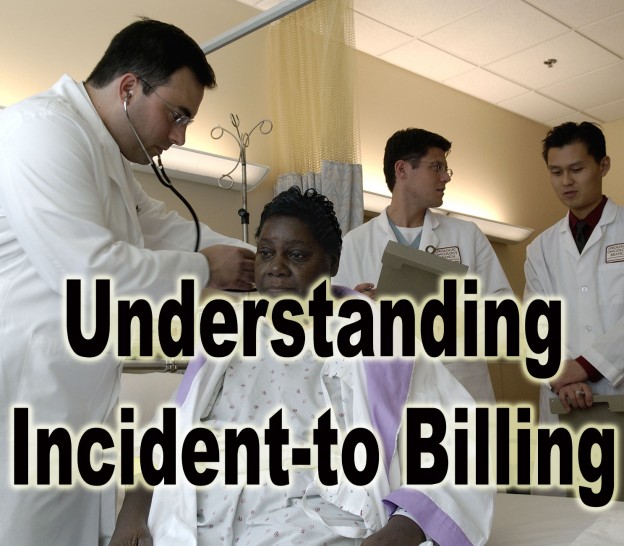Posted By Monique Dever On March 10, 2015
Understanding Medicare Incident-To Billing for Public Health

With shrinking budgets, it is important that local health departments focus on maximizing revenues. Billing is complex and confusing. Inappropriate billing is costing local health departments a lot of lost revenue.
One important concept to understand is incident-to billing. “Incident-to” services are defined by the Centers for Medicare and Medicaid Services (CMS) as those services that are furnished by mid-level Non-Physician Practitioners (NPPs) incidental to services already performed by a physician. The billing for these services can be filed under the originating physician’s National Provider Identifier (NPI) number if there is an established plan-of-care for the patient and the mid-level NPP is acting in accordance to that plan.
These services can be provided in the physician’s office, a separate office suite, or the patient’s home and can include many ongoing treatment plans such as cardiac rehabilitation, ongoing drug treatments, and any supplies that are usually supplied by the physician such as ointments, oxygen or bandages.
For Medicare in public health, no matter what provider you bill under, incident-to billing sent under the physician’s NPI number is paid out at 100% of the physician’s fee schedule. Any services that are newly added to an existing patient that are not under the current plan-of-care, and administered solely by the NPP, would not qualify as incident-to, and therefore would only be paid at 85%.
If a payer requires “Personal Supervision” than a physician must be in the same room. If they require “Direct Supervision” than a physician must be on the premises and immediately available to provide assistance and direction throughout the time the practitioner is performing services. And if they require “General Supervision” a physician does not need to be present.
In order to comply with Medicare requirements, a physician must initially see the patient to establish a plan-of-care (which the mid-level provider can then carry out) and must continue to remain actively involved throughout the patient’s treatment. When the services rendered by the NPP are offered in the office as part of a documented treatment plan, the physician must be on-site and readily available to provide assistance if necessary.
While incident-to billing practices can gain added revenue for services rendered, it can be confusing to billing staff. It is very important to understand the rules and pay attention to patient services when applying the incident-to codes to billing.